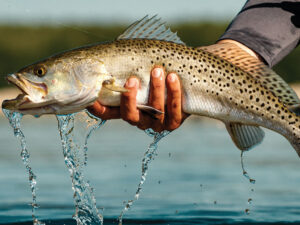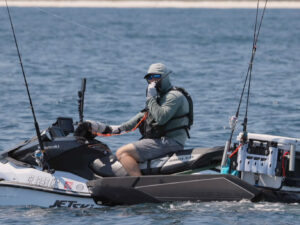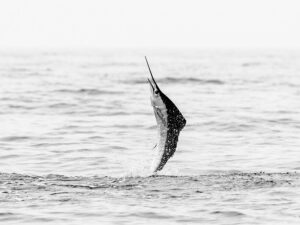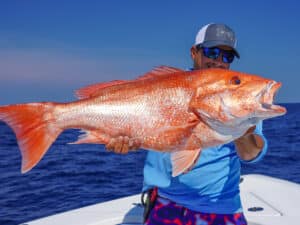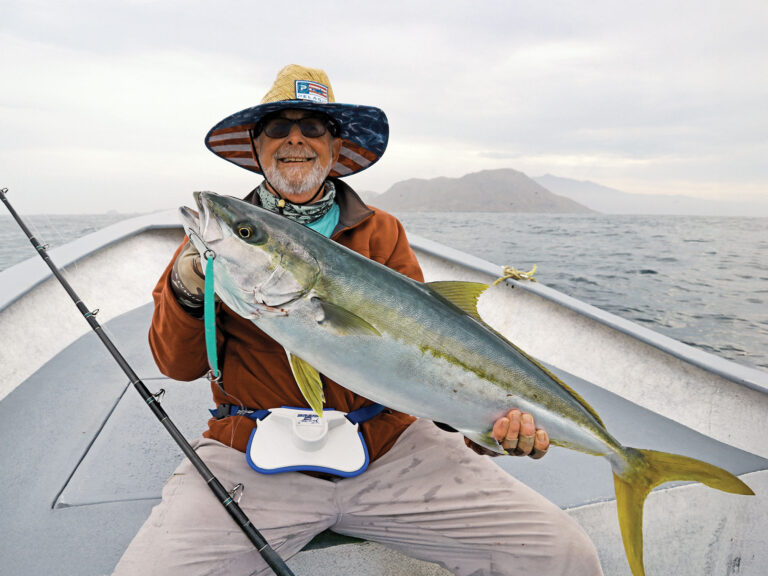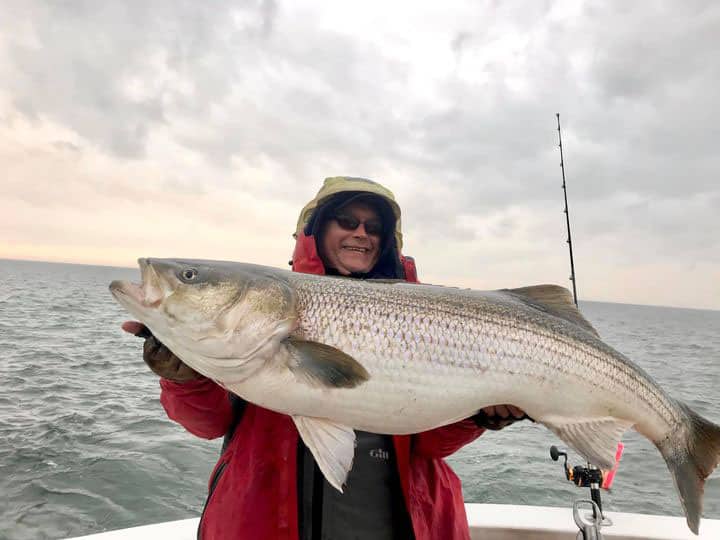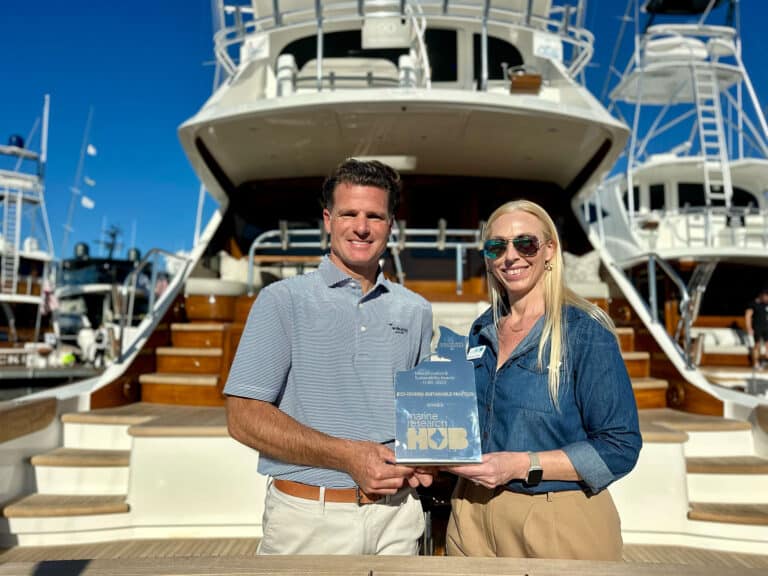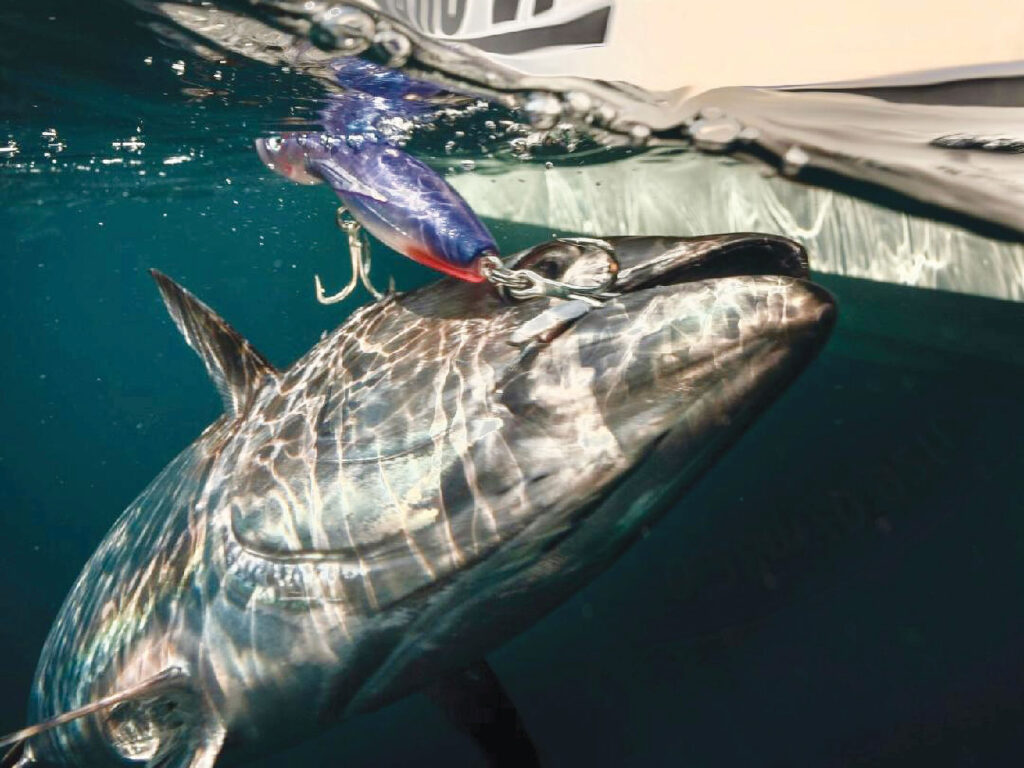
Offshore fishing has expanded beyond traditional trolling with heavy gear. Advancements in high-end spinning reels and rods, braided lines, and even smaller conventional reels for jigging and pitch-baiting have led the charge.
For example, casting topwater lures to large bluefin and yellowfin tuna has evolved into prime sport, particularly in the Northeast US. To be successful, casting distance, accuracy, comfort while casting repeatedly, and tackle to withstand long and blistering abuse are a must. It’s the same when jigging for large tuna. The fish haven’t lost any strength, but tackle in smaller and lighter packages can now keep up.
There are two big-game connections anglers should master, be it for trolling, jigging or casting. These connections give me the utmost confidence after tying them. They were developed for smooth passages through rod guides and onto reels, as well as smooth transitions back out when a large fish surges away from a boat. They’re good for the long haul too—rerig them only if they appear compromised after a punishing fight.
It should be noted that for these connections to function properly, rod guides should be large enough for them to easily pass through—no tight fits. The following pages detail the steps for tying a PR bobbin knot and the cat’s paw.
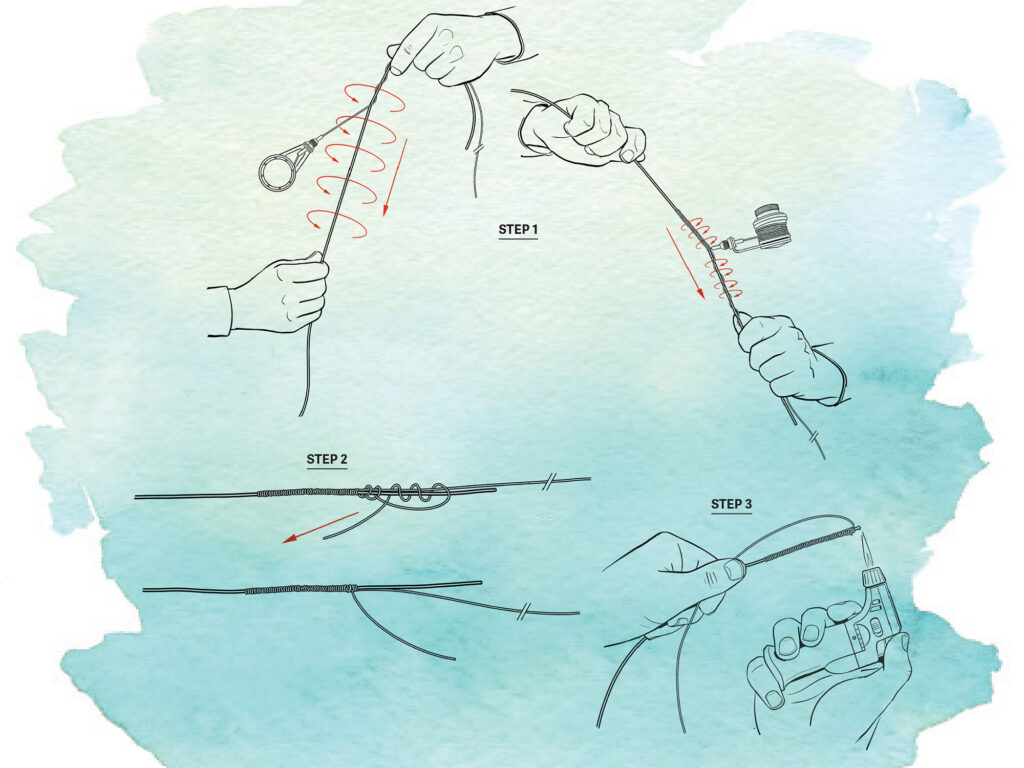
The PR Bobbin Knot
This specialty connection requires practice to master and a bit of time to create. You might have heard it referred to as the PR knot, page ranking knot or PR bobbin knot. It’s a heavy line connection for joining braided lines of 50-pound-test and greater to long mono or fluorocarbon leaders. While a good connection for jigging big game and even trolling, the PR bobbin shines brightly for heavy-duty casting.
It’s a small-diameter and smooth connection, which shoots off a reel and passes easily through rod guides. It winds back onto the outfit just as well. The reason for long leaders is to guard the main line against contacting or wrapping onto a fish.
The PR bobbin derives its name, in part, from the bobbin tool required to tie it. I’ve also used the connection for pitching topwaters for bluefins and yellowfins in the Northeast.
Rigging the PR Bobbin Knot
Step 1: Loosen the drag on the bobbin and spool it with 5 or 6 feet of your braided main line, then tighten the bobbin drag.
Lay the leader parallel to the braided fishing line, overlapping about 10 inches just above the bobbin. Pinch the intersecting lines in two places. Spin the bobbin down the leader in a loose spiral 10 to 12 times.
While maintaining a firm pinch at both ends of the spiral, reverse the direction of winds, spinning the bobbin under its own weight back over the spiral in tight wraps, snug against one another.
It’s critical to prevent the leader from spinning as the bobbin moves down. Keep the bobbin spinning and wrapping until 2 or 3 inches of the leader and spirals are covered.
Step 2: Pull several inches of braided line from the bobbin tool, then clip the braid and retire the tool.
Make two half-hitches with the braided line tag around the leader. Tie a three-wrap half-hitch, cinch it down, and trim the tag ends.
Step 3: Anglers employ various methods when finishing the knot. Half-hitches, multiple half-hitches and opposing half-hitches suffice, but the Rizzuto finish is the most secure. Many choose to carefully melt the stub of the mono leader with a flame and create a bump to prevent wraps from slipping off the end under extreme pressure.
Read Next: How to Tie Fishing Knots
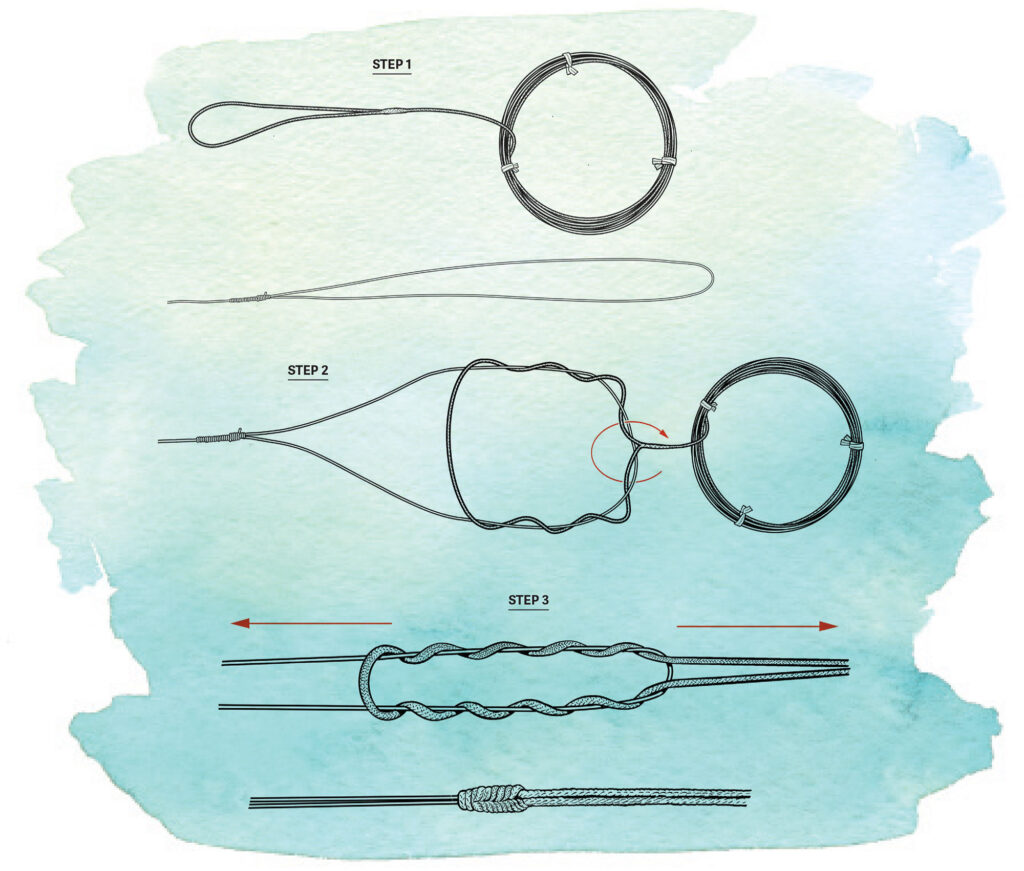
The Cat’s Paw
The cat’s paw is a big-game trolling standard for joining top shots or wind-on leaders to main fishing lines, be it mono or braid. Done correctly, this basic loop-to-loop connection is small enough to pass through rod guides and lie well onto conventional reels. Primarily a heavy line knot for joining wind-on leaders of up to 200-pound-test to braid or mono lines from 50 to 130 pounds, it delivers 100 percent knot strength.
I use a cat’s paw when offshore trolling with lines as light as 30-pound, for joining a 50- or 80-pound wind-on leader. The main advantage of a long wind-on is that the heavy leader can be reeled onto the spool, enabling the angler to apply a bit more boatside pressure to quicken the release or catch. It’s a simple and quick connection to master.
Tying the Cat’s Paw
Step 1: Tie a short Bimini twist (double line) in the main fishing line. The wind-on leader will have a loop of its own.
Step 2: Lay the two loops over each other, then pass the wind-on leader through this loop a total of five times.
Step 3: Slowly pull on both the double line and leader to cinch down the connection. The end result is a compact, small-diameter knot.

